We may earn revenue from the products available on this page and participate in affiliate programs. Learn More ›
It’s exciting to give your home the facelift you’ve always wanted. However, renovations can also be drawn out and tiring, which may leave you feeling less than motivated to properly dispose of the construction and demolition debris.
Unfortunately, most homes are not typically built with compostable or eco-friendly, sustainable materials, like marble, bamboo, and cork, so renovation can affect your ecological footprint. In fact, the EPA estimates there were approximately 600 million tons of construction and demolition debris generated in the U.S. during 2018.
Don’t let this discourage you from renovating, though. Many experts agree that it’s helpful for the environment to update older homes with sustainable materials and renewable energy sources, like solar panels. Just make sure to keep these 10 eco-conscious ways to limit waste in mind when renovating your home.
1. Donate Before Disposing

One of the easiest ways to reduce waste during a renovation project is donating any outdated or unused furniture. This doesn’t mean you have to take every piece of junk you no longer want to the nearest donation center, but if you have furniture or appliances that are in good condition, these items can likely find a home with a grateful new owner.
2. Use Low-VOC Paint
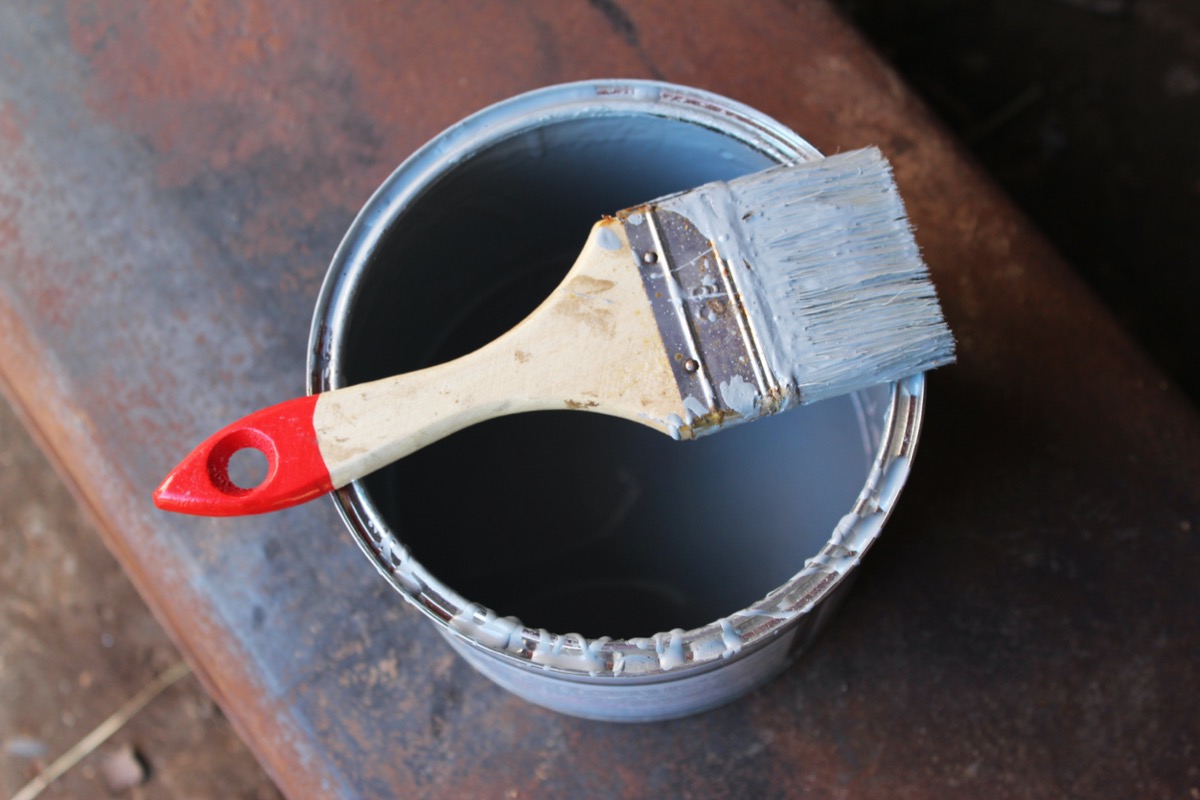
There are few renovation projects more common than painting, so it’s important to learn how to reduce harmful chemical waste caused by the volatile organic compounds (VOCs) often found in paint. The first method for reducing this type of chemical waste is to simply choose a different type of paint. Many companies now offer zero-VOC or low-VOC paint products for use in place of standard paint.
If you are set on a certain type of paint and don’t want to switch to a zero-VOC or low-VOC option, then you can still limit its environmental impact with responsible disposal. Avoid pouring paint down household drains or into a storm drain. Instead, check with the local recycling center or waste management center to find out how to properly dispose of your paint and paint cans.
3. Refinish Instead of Replace
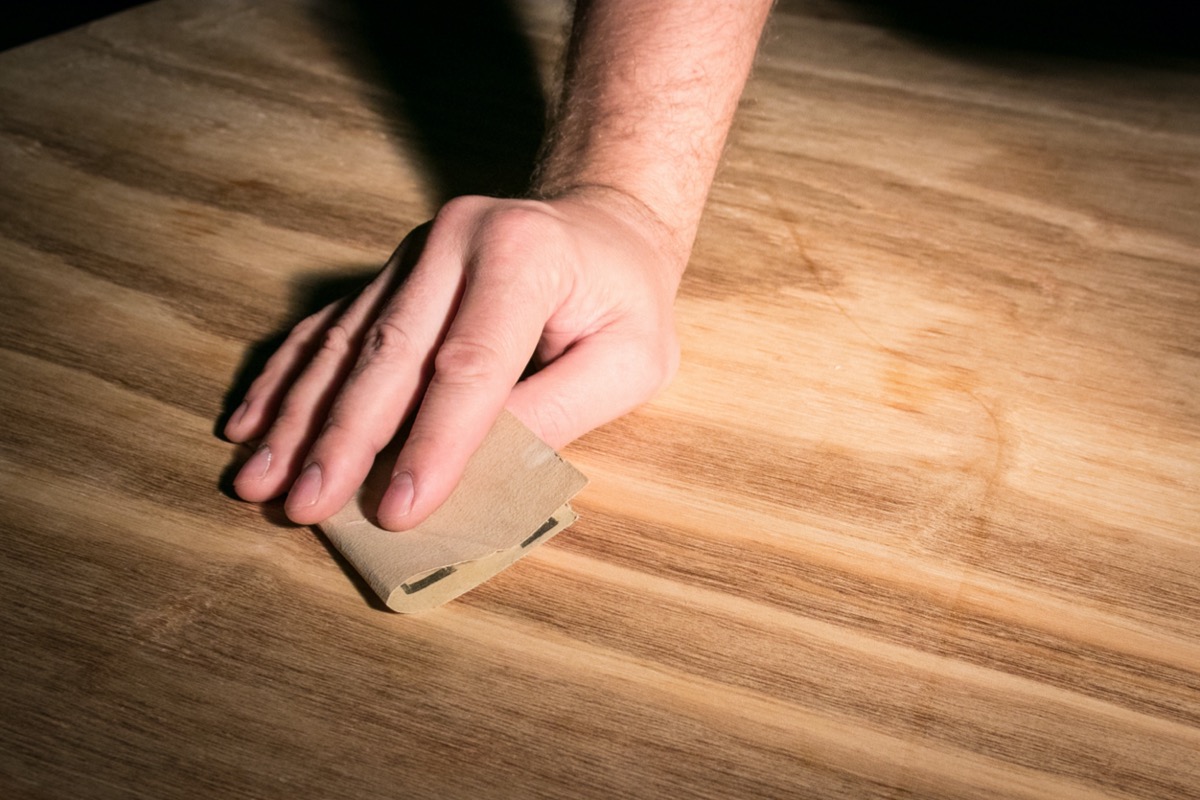
It may be tempting to break out the sledgehammer and just start swinging, but many items can be refinished to look completely new, saving you money in the long run. A common example is refinishing kitchen cabinets and replacing the hardware, as new cabinetry is costly and requires installation experience. Another sustainable choice can be made with old leather furniture, which can be reupholstered instead of thrown out.
Related: 7 Bad Reasons to Renovate Your Home
4. Sell Old Appliances and Fixtures
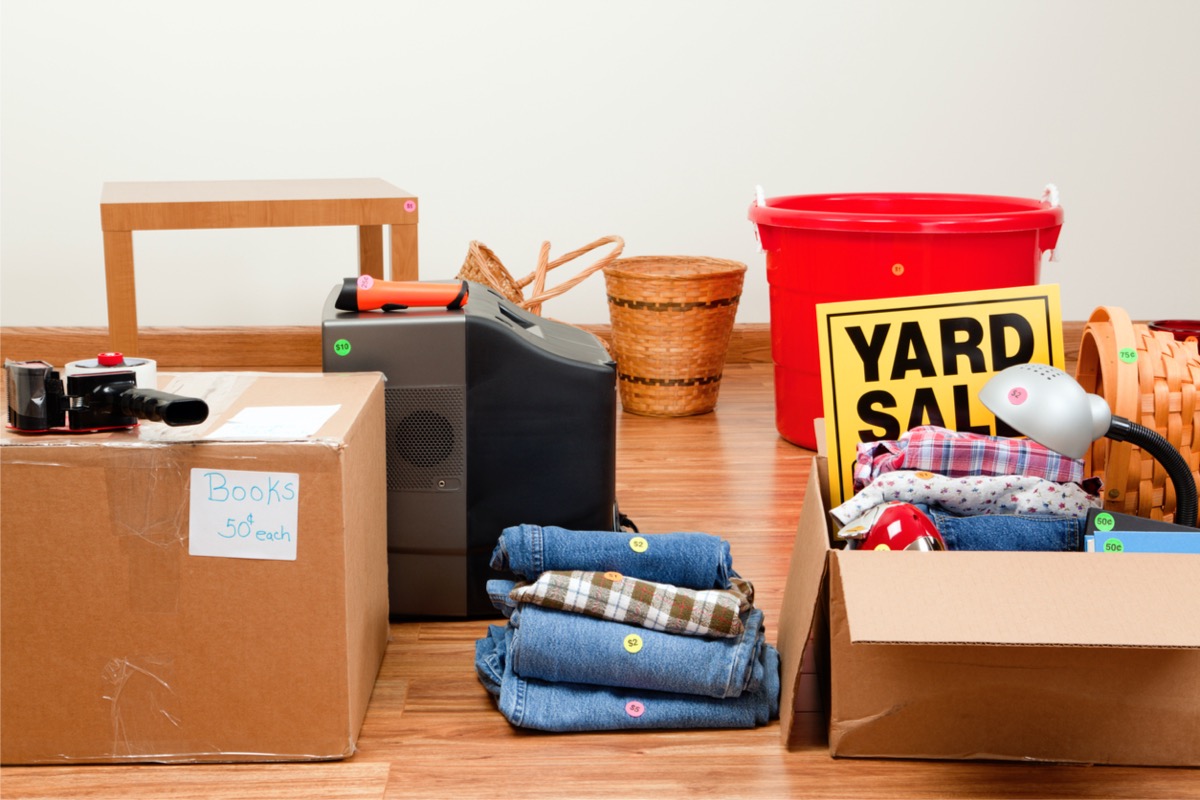
In addition to donating, selling furniture, appliances, and fixtures can make back some of these items’ initial cost. Whether through a yard sale or online ad, you can typically find someone who will buy your old home goods.
Just keep in mind that if you are asking for money, it’s important to make sure that these items still look and function as advertised. For heavy or broken items like old refrigerators, some retailers will even provide removal with the purchase of a new appliance, and scrap metal recyclers often take them, too.
5. Reduce Packaging
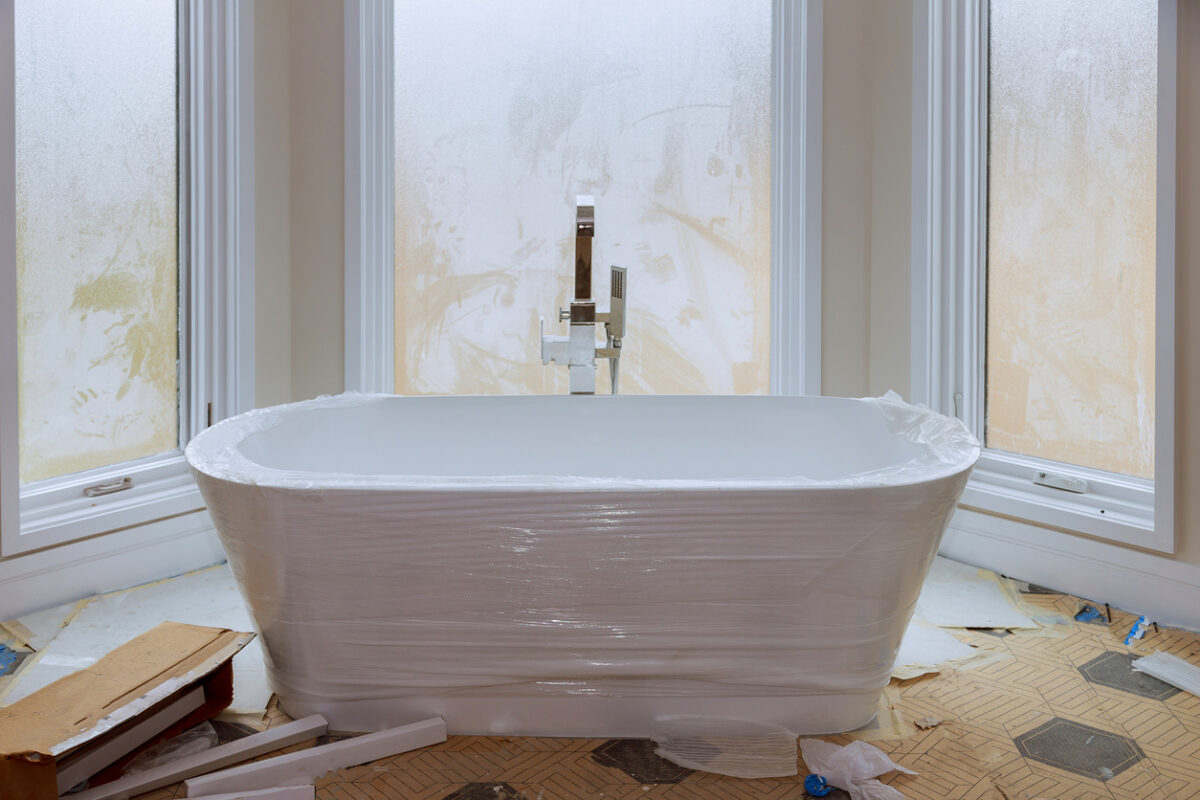
Online and many in-store purchases come in durable packaging to keep items safe in transit. However, after you’ve opened the item packaging, you need to deal with the waste. Thankfully, the current drive to improve waste management and sustainability has led to many companies establishing recycling programs to take packaging back from customers and reuse the materials.
Check with manufacturers before making purchases to find out if they have one of these programs, or ask about alternative package waste recycling options. If the answer is no, speak to a local recycling center for pick-up and proper disposal.
6. Reuse Old Carpet
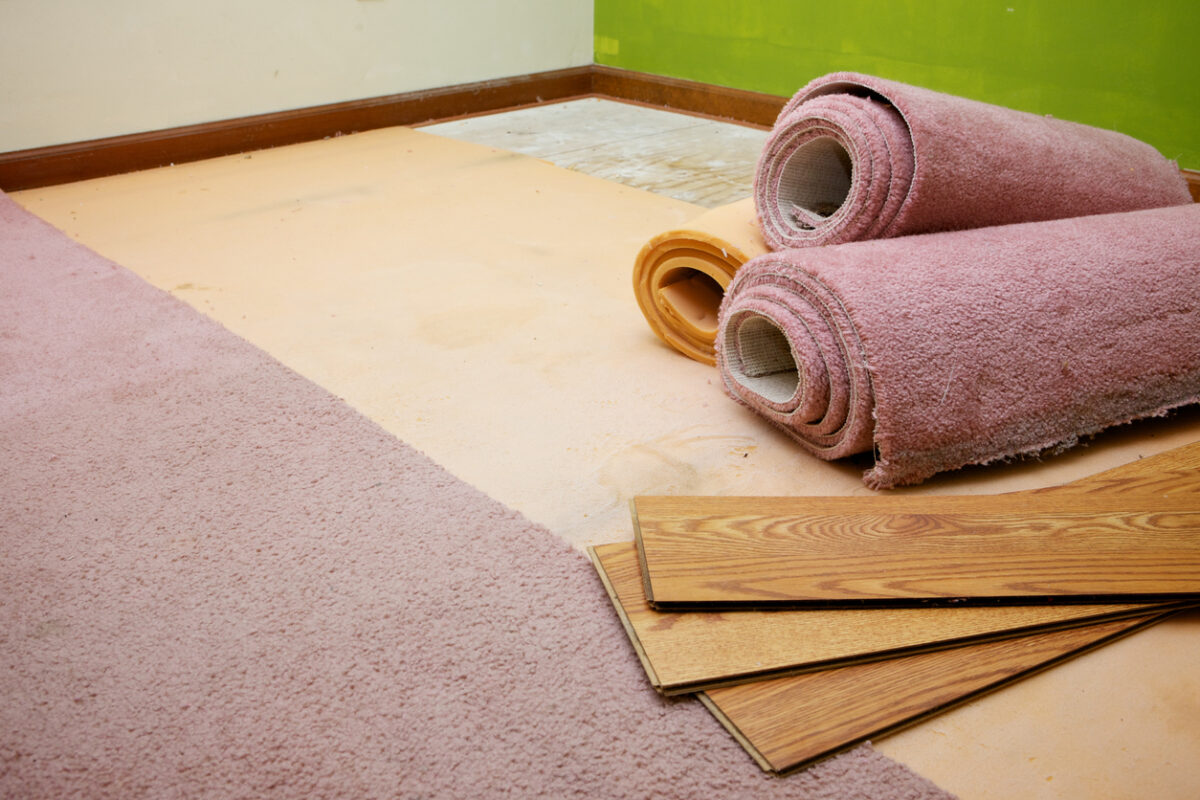
Carpet is regularly replaced during home renovations, but even worn and stained carpet can still be reused. If the carpet is in decent condition, cut it up into rug-sized pieces and use these pieces as area rugs around the home. Make sure to use carpet-seaming tape to bind the edges or stitch a seam along the edge of the carpet to prevent it from fraying and falling apart over time.
If you are dealing with older carpet that would only negatively impact your home aesthetic in rug-sized pieces, cutting it up can still serve a purpose. Old carpet is great for a kid’s art station, as it’s comfortable to stand on and it doesn’t matter if paint, playdough, or slime gets on it. Similarly, you can kneel on a smaller piece of carpet when working under the sink or lay on a larger section when working under the car.
Related: What’s the Difference: Renovation vs. Remodel?
7. Responsibly Dispose of Hazardous Waste
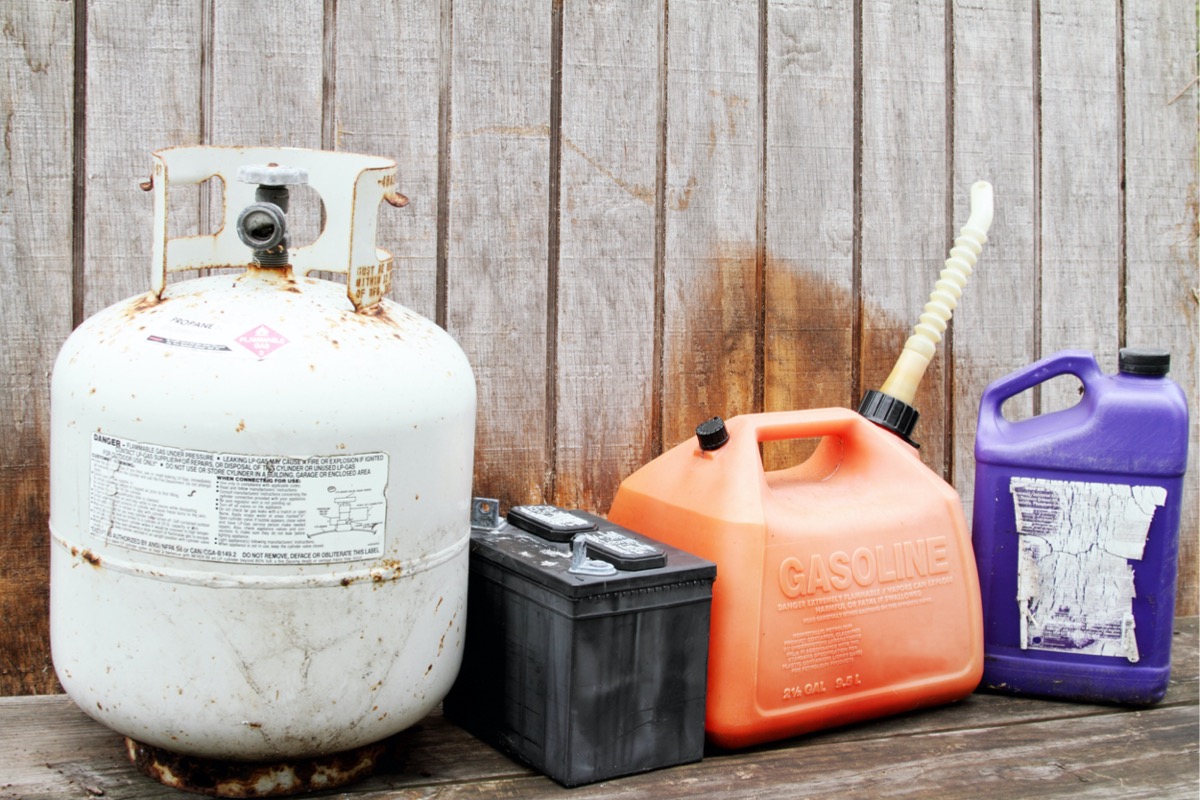
Even the most creative DIYer cannot reuse everything, and some types of renovation waste can cause serious environmental harm if it isn’t disposed of carefully.
Batteries, paint thinner, paint cans, furniture cleaner, and more are typically labeled as hazardous waste. This is because they either contain dangerous chemicals or their ingredients will break down into environmental hazards over time. Avoid creating ecological problems by taking these items to a local waste recycling center.
8. Recycle Old Materials
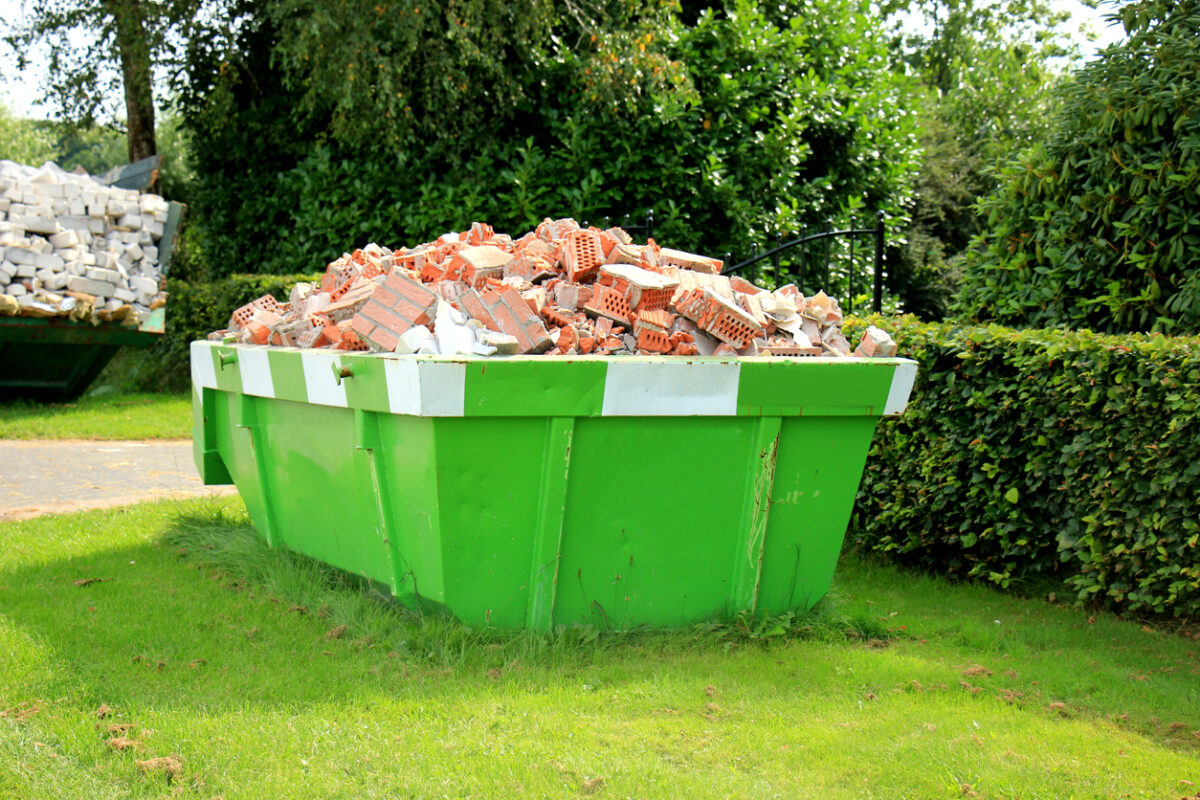
A local recycling and waste processing center is the best source to help dispose of waste properly. Not only will they have up-to-date information about local regulations and restrictions regarding waste disposal and recycling, but the processing professionals who work there will know the best ways to handle construction and demolition waste.
If you don’t have access to a truck for transporting material, consider hiring a waste removal company that employs upfront, eco-conscious waste disposal processes. Many of these companies have recycling plans for processing junk in an eco-friendly way, such as using concrete for clean fill or wood for biomass energy.
9. Sell Scrap Metal
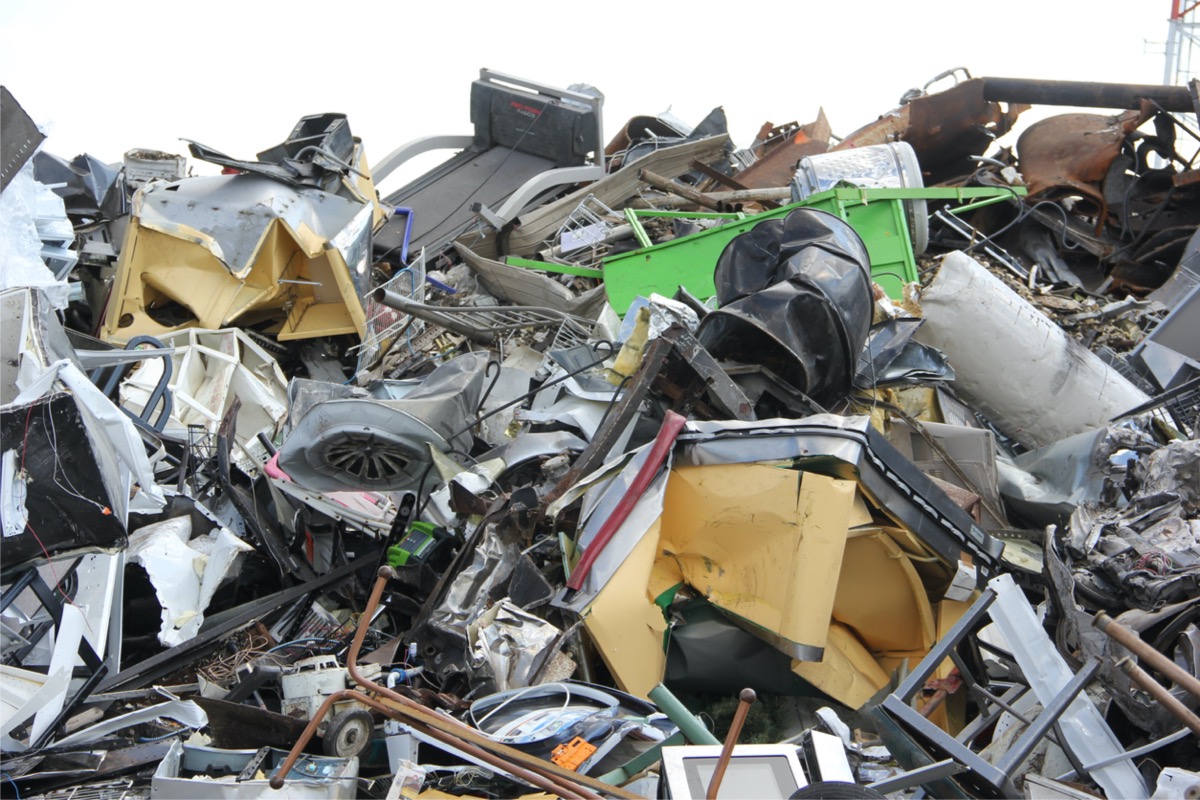
Scrap metal is one of the best waste items to have on hand because many recycling centers will buy it from you. Almost anything from copper water pipes to nuts and bolts can be sold. Even if you are just refinishing your kitchen cabinets and replacing the hardware, collect old metal handles and hinges in a bucket and keep it in the garage or shed. When you’ve accumulated a sizable amount of scrap metal, take it to the nearest scrap collector for recycling and you’ll receive compensation based on the metal type(s), weight, and current market price.
Keep in mind that you will generally make more money for “clean” metal. This refers to metal that is sorted by type and has no solder, fittings, or other construction debris attached.
Related: 7 Ways to Be Less Wasteful While Moving
10. Consider Future Renovation Waste

While it’s helpful, it isn’t enough to pay attention to how you dispose of your renovation waste. It’s also important to keep in mind that at some point in the future, someone will need to deal with the items you are installing.
Regardless of whether you will be the one making these future renovations, using sustainable building materials in your remodeling projects will reduce the construction and demolition waste produced by your home. Consider investing in bamboo, cork, precast concrete, or marble materials to improve sustainable living efforts and reduce future waste.


